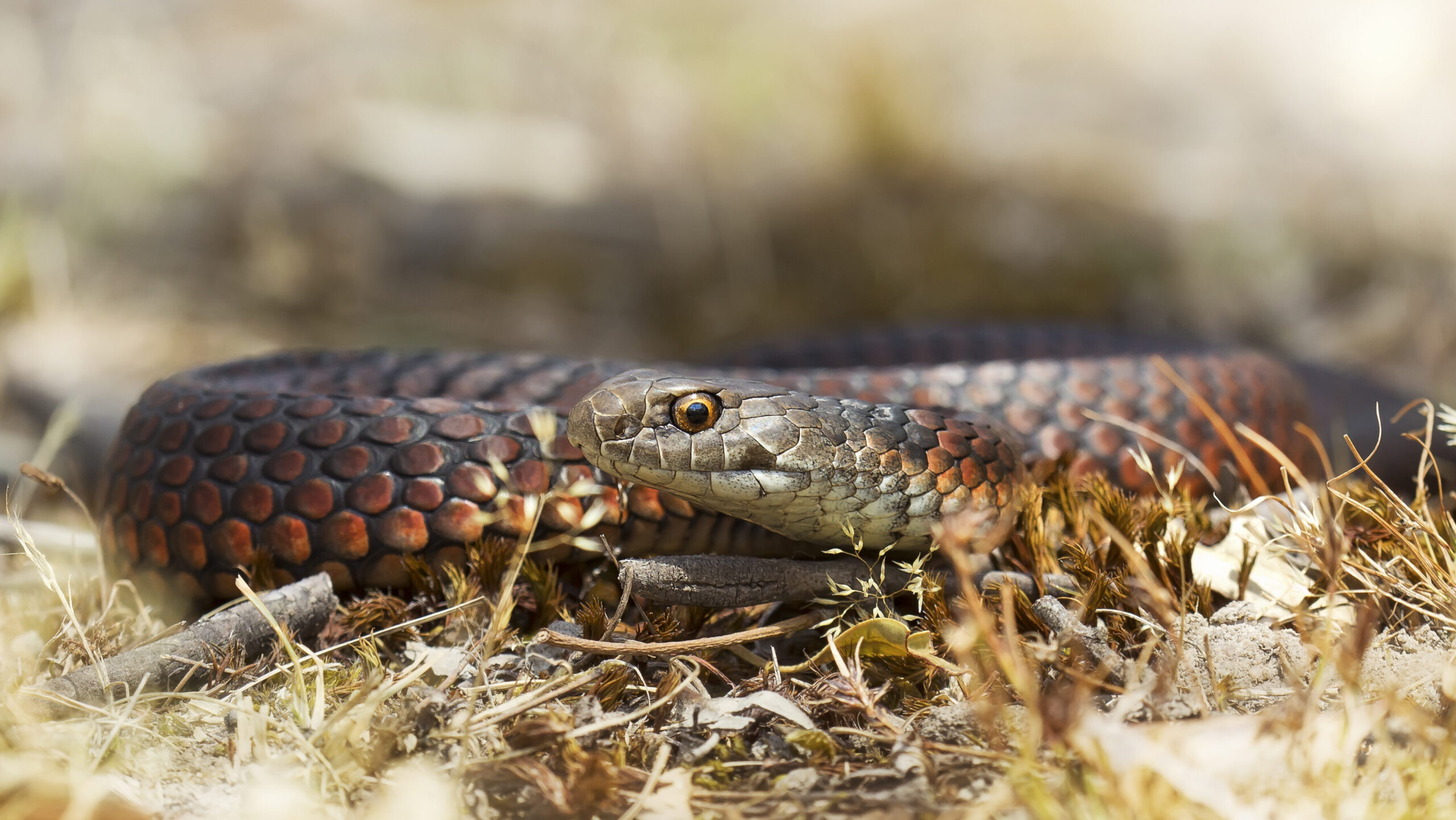Introduction
When it concerns poisonous serpents, Australia is home to some of one of the most remarkable and dangerous types in the world. Among these, the Tiger Snake sticks out not only for its powerful venom but additionally for its fascinating actions. Understanding the habits of venomous serpents like the Tiger Snake is essential for both wild animals fanatics and those staying in locations where these snakes are present. This article explores various elements of Tiger Serpent habits, environment, recognition, safety measures, and emergency treatment techniques in case of a snake bite.
Understanding the Habits of Venomous Snakes Like the Tiger Snake
The Tiger Snake, scientifically called Notechis scutatus, is notorious for its hostile nature when threatened. These serpents exhibit a range of actions that can be quite different from their non-venomous counterparts.
Characteristics of Tiger Snakes
The Tiger Serpent is quickly identifiable as a result of its distinct bands or stripes that look like a tiger's markings. They can vary in shade from yellowish-brown to dark olive or black. This coloration serves not just as camouflage yet likewise as a warning signal to prospective predators.
Adaptability to Environment
One amazing facet of their types of black snakes in Australia behavior is their adaptability to different environments. Found largely in seaside regions, marshes, and marshes throughout Australia and Tasmania, they can flourish in diverse habitats including metropolitan areas.
Hunting Techniques
Tiger Snakes are ambush predators mainly feeding on fish, frogs, and small creatures. They possess eager vision and an intense feeling of scent which assists them in locating target effectively.
Venom Composition
Their poison includes neurotoxins that affect the nerves, bring about paralysis or death in smaller sized animals. For humans, prompt clinical focus is vital after a tiger serpent bite because of its potentially lethal effects.
Natural Habitat of Tiger Snakes
Preferred Locations
Understanding where these serpents reside clarify their behavioral patterns. The tiger serpent habitat consists of:
- Coastal regions Swamps Grasslands Urban locations with abundant water sources
Seasonal Movements
During warmer months, Tiger Snakes are more energetic as they indulge in sunshine or hunt for food. In contrast, chillier months see them pulling back right into hibernation sites.

Are Tiger Snakes Venomous?
Yes! The question "are tiger snakes poisonous?" typically emerges amongst those unfamiliar with this types. Their poison is taken into consideration among the deadliest among all snake types worldwide.
Symptoms of a Tiger Snake Bite
If bitten by a tiger snake, signs and symptoms may include:
- Localized pain Swelling at the bite site Nausea and vomiting Sweating and confusion
Immediate medical assistance is crucial as unattended bites can bring about extreme health and wellness problems and even death.
Coastal TaipanFirst Help for Serpent Bites: Quick Response Guide
Knowing exactly how to carry out first aid for a serpent bite could conserve a person's life. Below's what you need to do:
Step 1: Stay Calm
Keeping calmness helps reduce heart price which decreases venom spread.
Step 2: Immobilize the Influenced Area
Keep the affected arm or leg still and below heart level if possible.

Step 3: Call Emergency Services
Always look for expert clinical assistance instantly after a serpent bite.
First Aid for Snake Bite Set Essentials
A well-appointed snake bite emergency treatment kit should consist of:
- A compression bandage Antiseptic wipes A pair of scissors An ice bag
Safety Precautions: Stopping Snake Bites in Australia
Awareness Programs
Educating communities concerning local serpent varieties and their habits can significantly reduce encounters leading to bites.
Avoiding Unsafe Areas
Staying away from long Endangered venomous snakes Australia lawn throughout warmer months decreases contact with snakes that might be resting or hunting.

Common False impressions About Tiger Snakes
Many people think false impressions concerning the behaviors of tiger serpents cause unnecessary fear. Here are some explanations:
Myth 1: All Tigers Are Aggressive
Not all tiger serpents will certainly display aggressiveness if left uninterrupted; many prefer getting away rather than confrontation.
Myth 2: They Chase Humans
Tiger serpents do not proactively chase after humans; they may strike when they feel endangered however will typically retreat if provided space.
Conservation Efforts Related to Venomous Snakes
Conservation efforts focus on informing areas about protecting local wild animals while decreasing human-snake interactions.
Importance of Ecosystems
Understanding that venomous snakes play a vital role in preserving eco-friendly balance aids foster appreciation instead of worry towards them.
FAQs About Tiger Snakes
What needs to I do if I encounter a tiger snake?- Maintain range and slowly retreat without abrupt movements.
- While attacks aren't very usual because of awareness initiatives, they still take place every year within Australia.
- Baby tiger snakes can supply complete dosages of poison in spite of being smaller sized; hence caution is recommended around them.
- They mainly eat frogs, fish, small mammals like rats, and other reptiles.
- It's unlawful in a lot of jurisdictions without correct licensing because of safety and security concerns concerning their venom.
- Wear tough boots and stay on significant tracks; appearance prior to positioning hands or feet into hidden areas like rocks or logs.
Conclusion
Understanding the habits of poisonous snakes like the Tiger Serpent not just boosts our knowledge yet additionally promotes safety recognition among those living near their habitats. From recognizing their qualities, understanding emergency treatment methods complying with a bite, with involving preservation efforts-- every element plays a vital duty in fostering coexistence with these interesting reptiles while appreciating their place within our ecosystem.
As we strengthen our understanding with education and experience, we contribute favorably toward making sure both human security and wild animals preservation-- profiting all events involved!